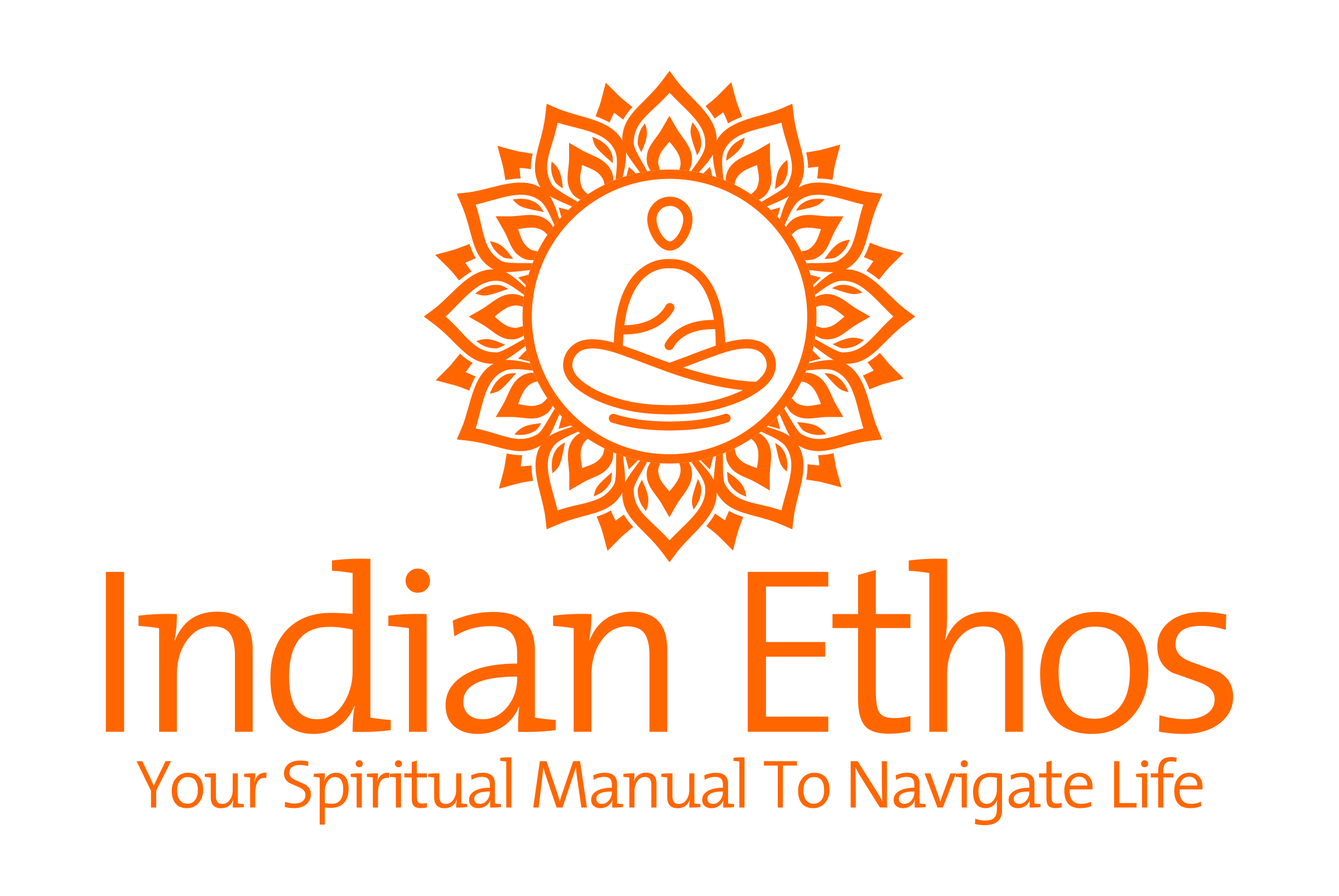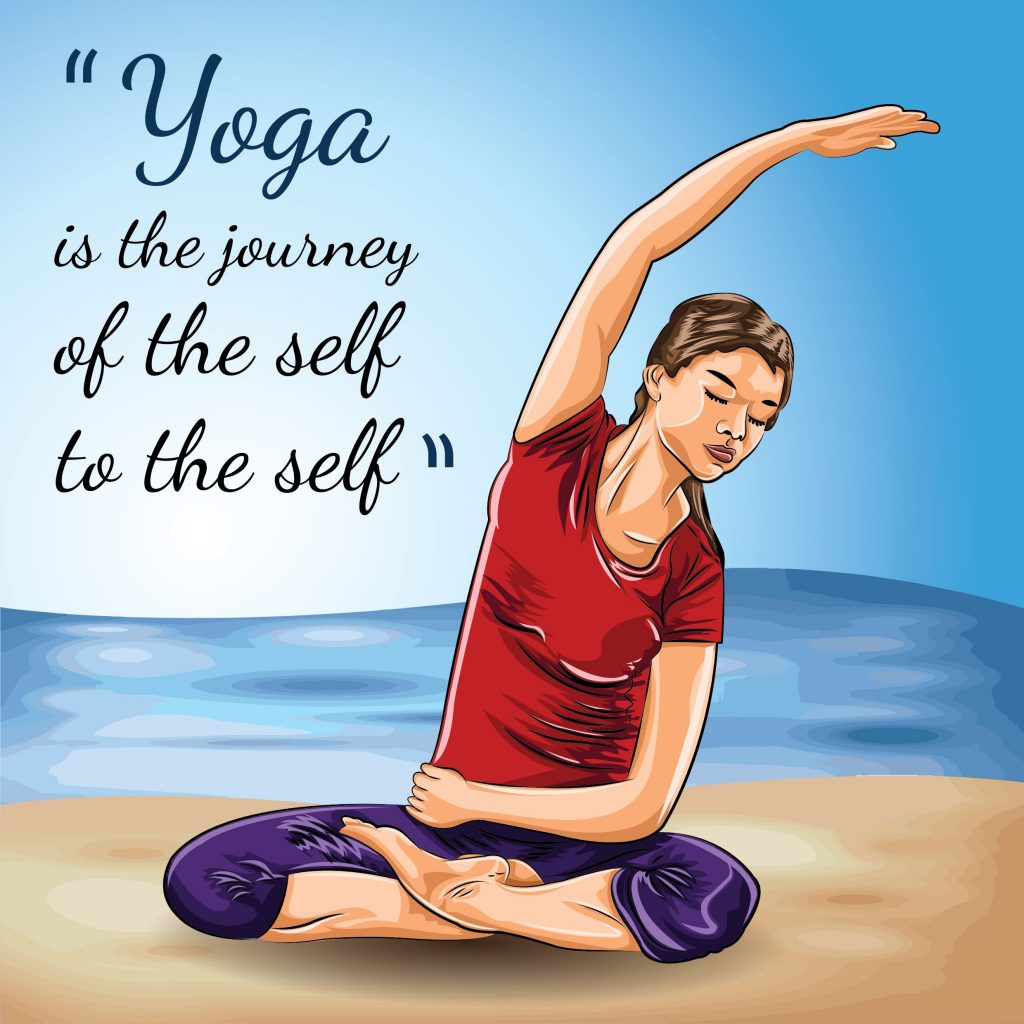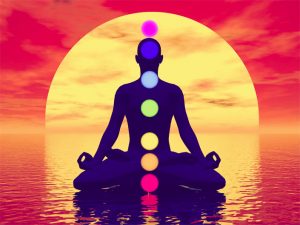Define Meditation :-
Now after the two posts on Meditation, time has come that we should try giving it a definition. Although Mediation is something very vast and cannot be summarised in limited words. Only those will understand it who experiences it day in and day out. And in this process they keep on discovering the insights of this wonderful process. Our experiences during practical Sadhana in Meditation are our best teachers on this intense and vast subject. The more we do it, the more we cam closer to our own Divine Self.
There are generally three components of meditation first is the meditator himself, second is the process taken for meditation and third is the object of meditation.
The meditation is a process of contemplation where the meditator, the object of meditation and as well as the process of meditation itself merges in to one. One is able to realise his true soul by transcending all his body chakras reaching a state of Turiya. One achieves the stillness he has been longing for his life and experience the ultimate and true bliss.
Channelising the Thoughts
Meditation is not just an exercise of concentration on anything and everything under the sun. It is also not contemplating on any thought, object or desire to achieve the same. One can visualise on his objects of desire to achieve it, but that will just be by product of meditation. The goals of meditation are beyond all worldly objects and is transcendental . Meditation is the highest form of spiritual concentration, when it is consciously channelised and focussed on one single spiritual object within oneself. When this concentration is not conscious is not meditation. Like when we watch a cricket match live or a movie. Although all our full concentration is on match or movie which is uninterrupted also, but that cannot termed as meditation.
Lets understand this minute difference between concentrating on a match, and actually doing meditation. When we watch a match or a movie, we are actually allowing our mind to lead us through the complete match or the movie. As in this case Mind is acting as per the deep impressions of our habit, addictions and inclinations made over the years by us and we are in total control of our mind. We are going wherever it is taking us, which is really not a hard thing to do. It is very easy to surrender before your temptations and allow your mind to go after your temptations. There are many undercurrents of such unavoidable thoughts which run in our subconscious mind and we unconsciously concentrate on these thoughts. Such haphazard concentration creates endless whirlpools in the mind and body depleting our energy levels. Meditation restores this energy balance and counteracts the effects of wrong concentration.
Whereas in case of meditation, we actually direct our mind to follow or focus on a single object or thought which is spiritual in nature and we force ourselves to be disciplined in this activity without allowing our mind to deviate from the object of meditation. We try to be in that state as long as possible. (Please refer this post for units of meditation depending on time.)
Merging With the Supreme Divine
Patanjali describes this state of meditation as the continuous flow of the whole mind toward the object of concentration : it is like the unbroken flow of oil poured from one vessel into another. This is actually a state where the meditator becomes one with the object of meditation. This process of merging is a gradual process, where ultimately we try to reach the state of samadhi that is the union with the self. We ultimately realise our true self and experience the Supreme Divine also called ‘Brahman’.
Spiritual progress of an aspirant can be measured by his intensity of spontaneous transcendence. In the stages of his spiritual advancement a stage comes when he transcends the idea of time and space and is no more aware of the surrounding environment (during the meditation). At later stages of his meditation he even transcend his own self consciousness and all thoughts about himself. In such a state of meditation the aspirant witness the Supreme Divine experience which is the true light of his own self – pure and blissful.
Transcending the Body Chakras
In our body we have 7 chakra enters, which are basically the energy centers. These energy centers can be activated by rising of kundalini through Meditation. We will elaborate on this in detail in a separate post. In meditation we gain spiritual altitude by rising to the higher planes (dimensions) correlated to these energy enters (Chakras). These are seven in number as follows:-
Swadhisthana Chakra
Manipura Chakra
Anahata Chakra
Visuddhi Chakra
Ajna Chakra
Sahasrara Chakra
The process of meditation awakens our Kundalini Shakti and allows it to rise upwards through all these seven chakras. At Sahasrara Chakra, the aspirant realises the Supreme Divine (Brahman) and experience the bliss free from all the bondages of the the worldly desires.
Realizing the Five Sheaths of Body
By means of meditation we dredge through the five layers of our being, described by our scriptures as five sheaths (Kosas) each representing a different density of matter. They are as follows:-
Annamaya Kosha
Pranmaya Kosha
Vijnanamaya Kosha
Manomaya Kosha
Anandmaya Kosha
These five koshas (Body Sheaths) also called physical body, the vital force, the mind, the intellect and the sheaths of bliss may also be compared to five different lampshades that obscure the effulgent Self within. At the time of ultimate realisation, the light of truth shines through all the five body sheaths illuminating the Self with Divine Consciousness.
Turiya – The Ultimate Meditative State
Human body generally lives in one of the three states of consciousness – Wakings State (Jagrat Avastha), Dreaming State (Swapna Avastha) and Deep Sleep State (Sushupta Avastha).
Turiya is even higher state of consciousness ie Super Consciousness apart from these three state of body. It happens at the time of Divine Communion. Turiya in fact can be considered as fourth state of meditation which is the state of Self.





